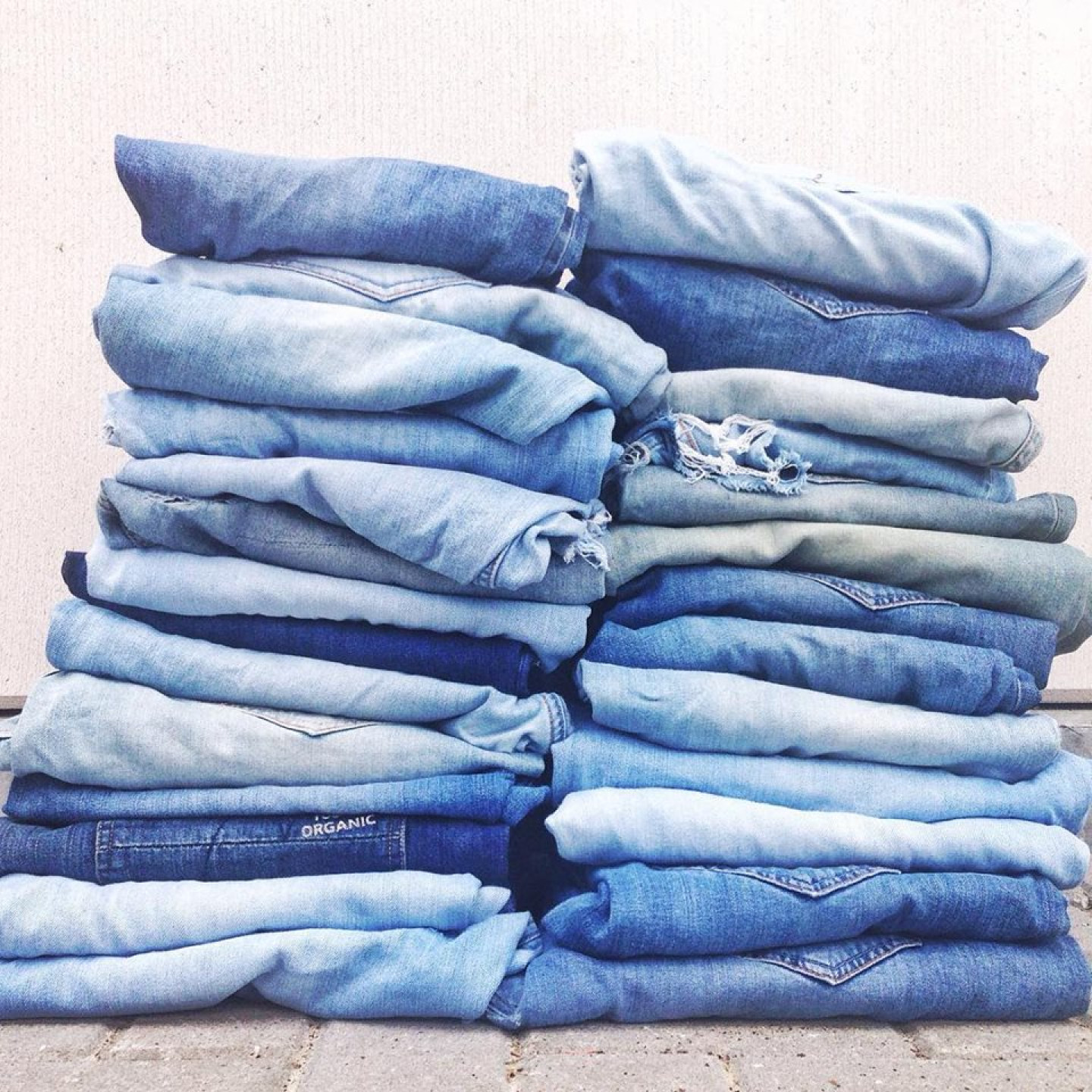With their Lease A Jeans concept, people don't actually own Mud jeans, but rather wear them for a certain period of time. After leasing for a year, the wearer can switch to a new pair and send the old ones back for recycling. Re-using the raw materials means using less resources such as cotton and water. Normally 7.000 litres of water are needed to produce a pair of jeans, recycling can reduce this by 50%. Mud jeans are fully circular, closing their own denim loop.
Interview with CEO and founder of Mud Jeans, Bert Son
Could you tell us a little bit about your professional background and how you got interested in the Circular Economy?
I’ve been in the fashion industry for 30 years, and it has many problems. Cotton is one of the worst things we grow on this earth. Every year we grow 24 billion kilos of cotton on 2.5% of our cultivated land and we spray 25% of pesticides and insecticides over it. Consumers want cheap products and brands want fast fashion and maximum revenue so we see many products made by slaves – often children – in very bad conditions. Then, the fast paced nature of fashion sees the world burn garments, which equates to about 10% of the world’s global carbon dioxide. All in all, bad for humans and bad for space ship “earth”. The circular economy is a way of thinking that makes so much sense. Reusing valuable materials. That’s how we can protect ourselves from volatile cotton prices and lengthen the life of the raw materials and thus use fewer resources and less water.
Could you describe your process of developing the business model?
We were inspired by Dutch architect Thomas Rau who practiced the performance economy in his building. He did not want to buy light fro Philips but only use the light of Philips. The same is what we apply on our jeans. Consumers are not the owner of the materials. They merely use them for a period of time and we retain ownership of the materials in order to get them back after use.
How would you describe the different mindsets of Circular Thinking/Design for the CE versus traditional linear thinking for the linear economy?
It requires an open and new way of thinking one that is about collaboration and rapping opportunities. I have been lucky to be surrounded by young people who understand this way of thinking. Millennials are moving away from the truadional lineair way of thinking. They believe their purchases, votes and actions matter. They want something to believe in and want brands to stand for something bigger then product benefits. A big opportunity for us.
What has been the most challenging part of the process?
Finding the financial means to get this rolling. This great idea received a lot of media attention but this is not enough. We have to be visible in the places were our target audience, the conscious explorer is. Think of physical places like great concept stores. We have our women collection here in Londen at 69Boutique.
Do you think purchasers of Mud jeans feel as if they have a different relationship to your jeans than other jeans? What is their response in general?
Yes I do. For one, because of the circular economy the relation does not stop after the first purchase. This is what our customers value a lot. They like to stay up-to-date on important mile stones from the company. They feel very involved they even leave notes when they return their old jeans to us. We are proud of our loyal community of which around 80% switches to a new jeans when their old jeans are worn out.
Next steps?
We’d like to become bigger in the UK and the USA. And make jeans from 100% recycled cotton.
For anyone interested in this field, what books or articles would you recommend to read?


